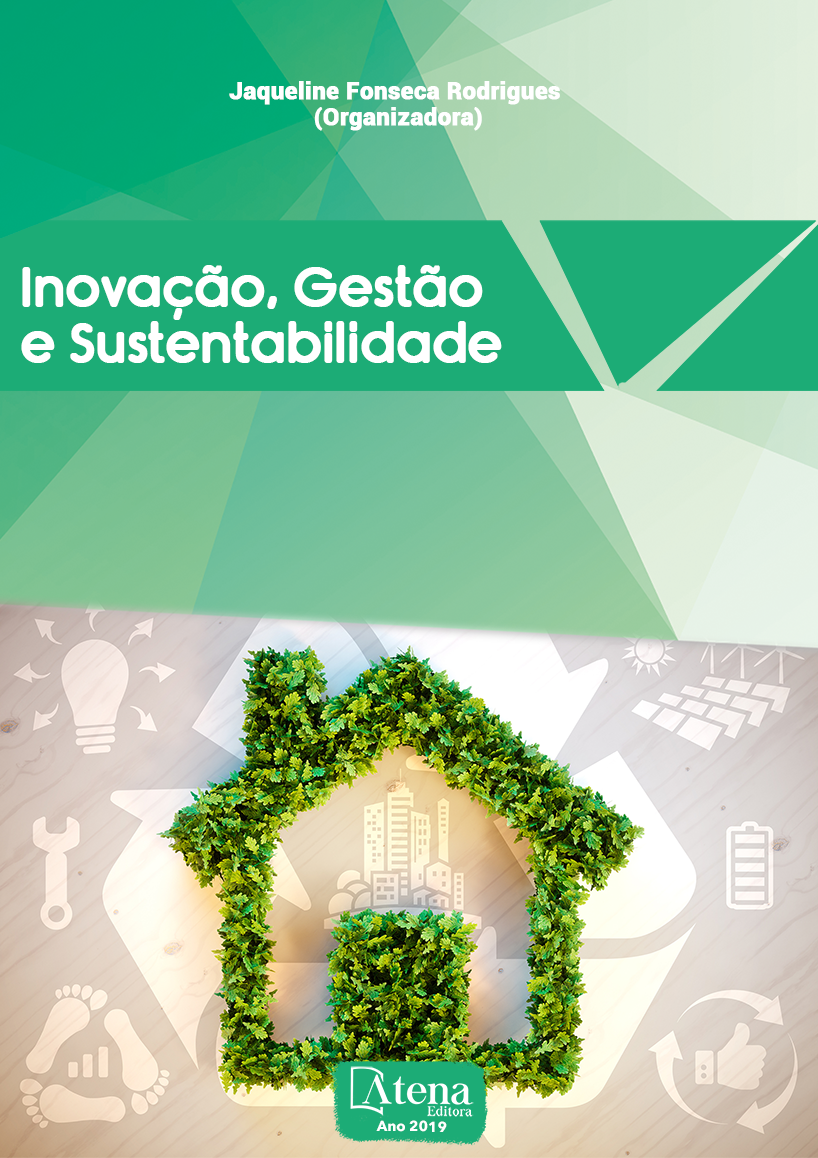
CLUSTERS ESPACIAIS NO SETOR SUCROALCOOLEIRO EM GOIÁS: EXISTEM TERRITÓRIOS CANAVIEIROS?
O objetivo é identificar onde estão
localizados os clusters espaciais no setor
sucroalcooleiro em Goiás e se estes são
considerados territórios canavieiros, levando
em conta o rápido processo de expansão de
áreas destinadas ao cutivo de cana-de-açúcar
a partir do ano 2000. A metodologia abordada
trabalha com a fonte de dados secundários do
Instituto Brasileiro de Geografia e Estatística
e do Ministério do Trabalho com recorte dos
anos 2000 e 2012. Com auxílio da estatística
espacial, é possível calcular os índices de
Moran, com nível de significância estatística,
além de mostrar os mapas de dispersão
desses clusters espaciais. Os resultados
apontam que em Goiás houve elevação do
número de municípios produtores de canade-
açúcar entre 2000 e 2012, o que resultou
na aglomeração da atividade sucroalcooleira
em determinadas regiões, com tendências de
formação de territórios canavieiros. Concluise
que a atividade canavieira está localizada
nas áreas de alta produtividade agrícola,
com casos de substituição de culturas (soja e
milho) em Quirinópolis e, casos, de vizinhança
e contiguidade dessas áreas, como em Rio
Verde. Há casos de identificação de elementos
e políticas que podem classificar os clusters
espaciais em vários municípios, mas não em
territórios canavieiros, pois ainda é um processo
bastante incipiente no estado.
CLUSTERS ESPACIAIS NO SETOR SUCROALCOOLEIRO EM GOIÁS: EXISTEM TERRITÓRIOS CANAVIEIROS?
-
DOI: 10.22533/at.ed.04719180610
-
Palavras-chave: clusters espaciais, complexo sucroalcooleiro, territórios canavieiros, Goiás.
-
Keywords: spatial clusters, sugar-alcohol complex, sugarcane territories, Goiás.
-
Abstract:
The objective is to identify
where space clusters are located in the sugar
and alcohol sector in Goiás and if these are
considered as sugarcane territories, taking into
account the rapid expansion of areas destined
to sugarcane as of year 2000. The methodology
data from the Brazilian Institute of Geography
and Statistics and the Ministry of Labor with a
cut of the years 2000 and 2012. With the help
of spatial statistics, it is possible to calculate
the Moran indices, with a level of statistical
significance, in addition to show the dispersion
maps of these spatial clusters. The results
indicate that in Goiás there was an increase in the
number of municipalities producing sugarcane
between 2000 and 2012, which resulted in the
Inovação, Gestão e Sustentabilidade Capítulo 10 152
agglomeration of the sugar and alcohol activity in certain regions, with tendencies of
formation of sugarcane territories. It is concluded that the sugarcane activity is located
in the areas of high agricultural productivity, with cases of crop substitution (soybean
and corn) in Quirinópolis and, in the cases of neighborhood and contiguity of these
areas, as in Rio Verde. There are cases of identification of elements and policies that
can classify the spatial clusters in several municipalities, but not in canevie territories,
since it is still a very incipient process in the state.
-
Número de páginas: 15
- Henrique Dantas Neder
- Cleidinaldo de Jesus Barbosa
- Edson Roberto Vieira
- Claudia Regina Rosal Carvalho
- Fábio André Teixeira
- Sabrina Faria de Queiroz
- Flávia Rezende Campos
- Sérgio Fornazier Meyrelles Filho
- ANTONIO MARCOS DE QUEIROZ


